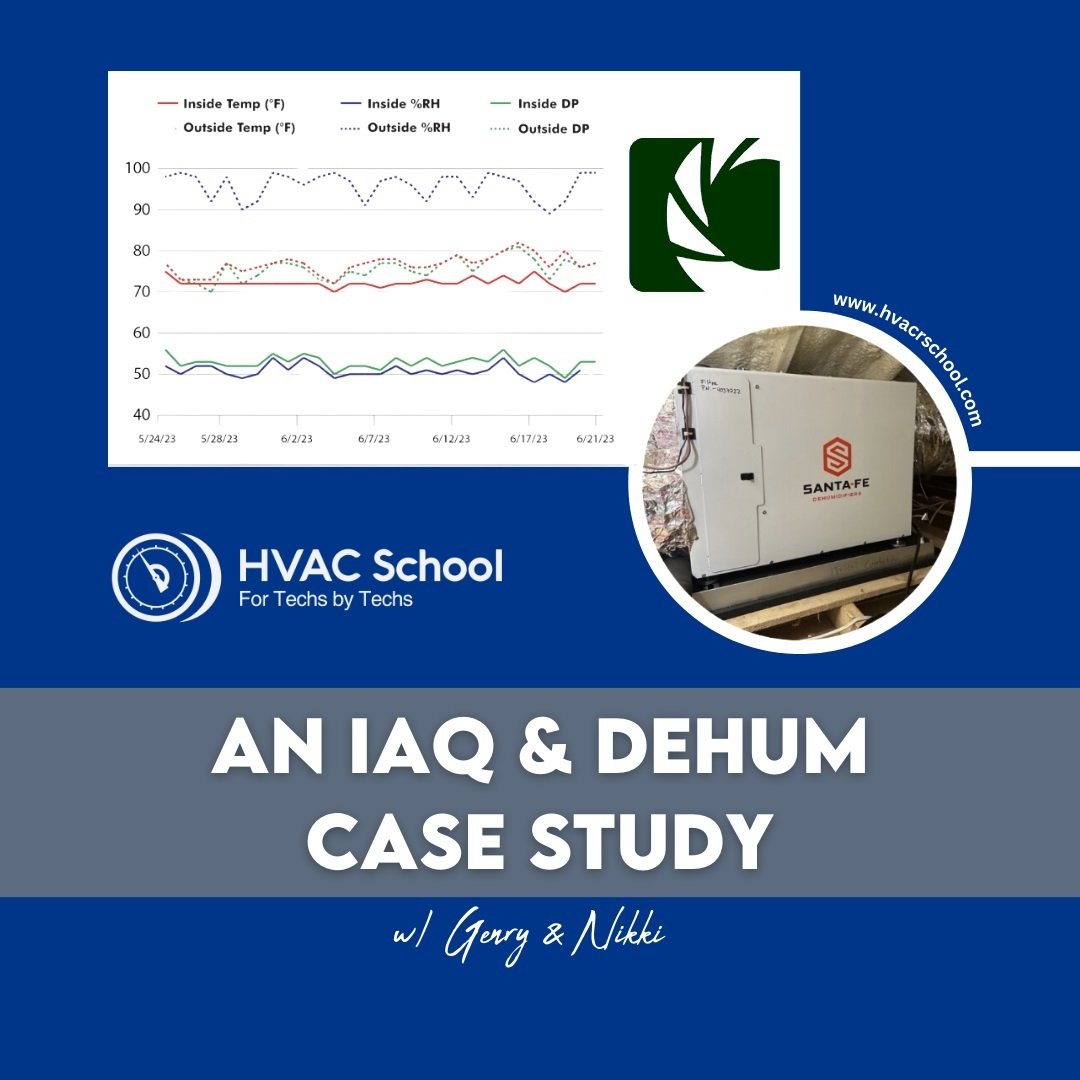Get Tech Tips
Subscribe to free tech tips.
Watts So Confusing?

Most motors are designed to a set amount of work, usually rated in either watts or horsepower (746 watts per HP).
Watt's law states that watts = volts x amps. If a particular motor needs to do 1 horsepower of work at 120 volts, it will draw about 6.22 amps. And yes, in an inductive load like a motor, it's not quite as simple as V x A = P, but we are keeping it simple here.
A motor designed to do the same amount of work (1 HP) at 240v will draw half the amps (3.11).
That does not make the second motor “more efficient” because the power company charges by the kilowatt, NOT by the amp.
If you take a load that is designed for a particular voltage and DROP the voltage, it will also decrease the wattage according to Watt's law (watts = volts x amps). The amperage will also decrease, according to Ohm's law (so long as the resistance remains the same).
Let's say you take a 5kW heat strip rated as 5kW at 240v, and you connect it to 120v instead.
It would then only produce 1.25 kW and draw 1/4 of the amps. While we may call it a “5-kilowatt heater,” it is actually just a fixed resistor designed to do 5 kilowatts per hour of work in the form of heat at 240 volts. Cut the volts in half, and you also cut the amps in half. You decrease the amount of work done down to 1/4 because watts = volts x amps.
—Bryan
P.S. – If you want to learn more about horsepower, watts, and other motor-related power terms, check out this HVAC School article written by Steven Mazzoni.










Comments
To leave a comment, you need to log in.
Log In